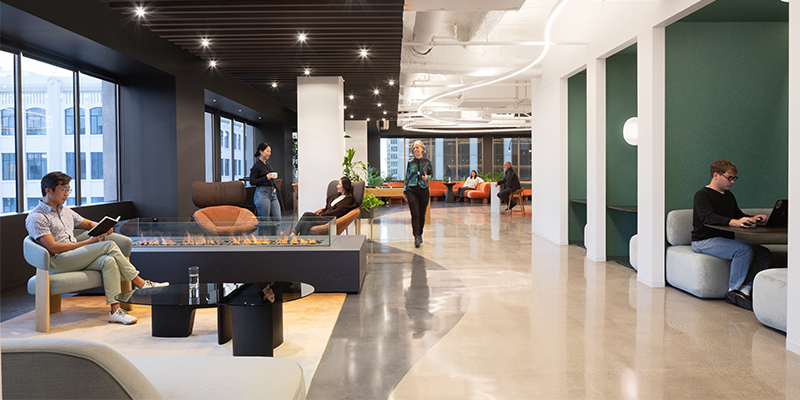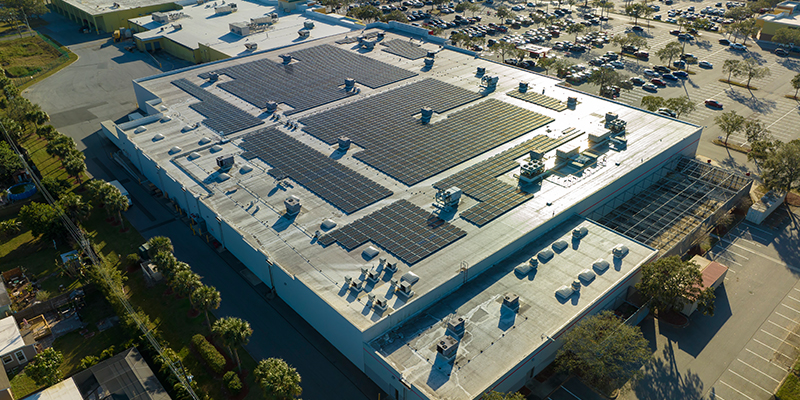The slow recovery of the U.S. economy continues to have an impact on the office market in Seattle as well as across the county. Despite steady job growth and moderate economic recovery gains during the first half of 2023, the Puget Sound regional economy is still struggling and will face continued headwinds during the near term, bringing an enduring sense of uncertainty and concern. According to the Puget Sound Economic Forecaster, regional employment grew by 3.1% in 2022 while job growth is forecasted to increase by an additional 3.3% in 2023 before dipping to 1.5% in 2024. Additionally, the consumer price index was at 8.9% to begin the year, with inflation forecasted to rise by 5.2% in 2023 and 3.1% in 2024.
Despite recent job growth, the Seattle office market is experiencing a steady rise in vacancy, increasing from 5.8% in the second quarter of 2019 to 12.2% at the end of the second quarter of 2022, a 640-basis point jump over just a three-year period. Current vacancies are at a 10-year high and just registered the 12th quarterly increase over the past 14 quarters. One year ago, regional vacancy exceeded the 10% mark for the first time since 2013, and it has now eclipsed 12% for the first time since 2011. Additionally, more than 19% of the current vacancies are from sublease space, which is approximately 18% higher than it was last quarter. The increase was primarily due to an uptick in Eastside sublease vacancies over the quarter.
Overall, surging office vacancy has been fueled by significant negative net absorption as many office companies continue to rightsize their space to accommodate the evolving business landscape that includes declining corporate profits, rising interest rates, increased debt and remote/hybrid work trends reducing the in-office workforce. The recent migration to a more remote and hybrid workforce is causing companies to reduce their office space needs, thus reducing the overall need and demand for office space. In turn, leasing activity is down, net absorption has been negative, and vacancy rates continue to climb. While this trend has been spread across all industries and throughout all markets, it has also had a more significant and notable impact on downtown urban cores compared to suburban office markets.
The tech sector has been hit particularly hard during the downturn with layoffs, hiring freezes and office closures, prompting companies to give back space and halting new development in several projects regionally. With the entire technology sector in the midst of a market correction, office availability is at an all-time high for most West Coast markets and is expected to see further increases during the second half of 2023 as return-to-office rates have been very slow and methodical. Future office demand trends will be largely based on revised corporate requirements that will be heavily influenced by hybrid/work-from-home policies, new office space layouts and adjusted employee density ratios.
In Seattle, three of the five regional markets saw rather significant increases in vacancies in the second quarter. The two exception markets were the South End and North End, both of which posted nominal vacancy improvement dropping from 15.66% to 15.61% and 8.14% to 8.10%, respectively. However, with Microsoft announcing multiple office vacations of leased space outside its main campus, Eastside office vacancies increased from 6.08% last quarter to 7.76% in the second quarter of 2023, a notable jump of 168 basis points. Despite rising vacancy rates, three of the five markets in the region experienced an increase in average asking rents during the second quarter of 2023. However, the two largest markets, Seattle and the Eastside, both posted declining rents over the quarter.
Halfway through 2023, there were 19 major office projects under construction in the region — nearly all in the Seattle and Eastside markets. Over the past quarter, there were five notable office deliveries in the region. On the Eastside, Costco completed its headquarters project, adding 600,000 square feet. The Amazon-leased West Main in Bellevue also delivered an additional 1 million-plus square feet to Eastside supply. The two largest regional projects are Amazon-committed towers in Bellevue including Vulcan’s 555 Tower (940,000 square feet) and Bellevue 600 (990,000 square feet), though Amazon has put the brakes on a few other Bellevue projects. Construction figures exclude Microsoft’s nearly complete 3 million-square-foot campus expansion and several large life science projects.
Although market disruptions and the rising interest rate environment have furthered economic uncertainty that will persist through the rest of the year, there are also positive indicators, and the U.S. economy continues to show tremendous resilience. It appears that the interest rate hikes may be nearing their peak, inflation is down, consumer spending has ticked up, some business leaders are showing more optimism about the future of the economy, transit ridership in Seattle has been slowly increasing, more commuters are on the road compared to last year, and office demand has experienced a modest increase. Collectively, these indicators suggest that a slow and steady recovery period might be around the corner and is anticipated to gain momentum in early-to-mid 2024.
Sources: Kidder Mathews Valuation Advisory Services and CoStar.
NAIOP’s annual conference will be held in Seattle Oct. 18-20. Don’t miss networking, education, project tours and special events at CRE.Converge!








